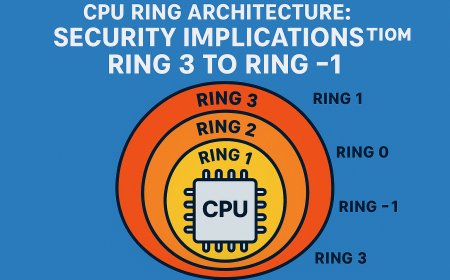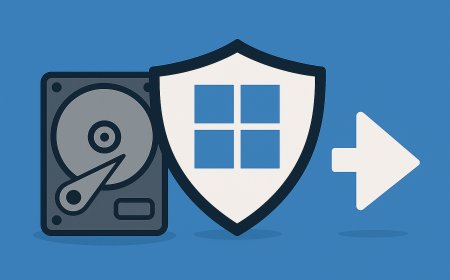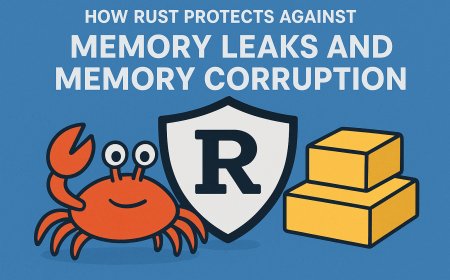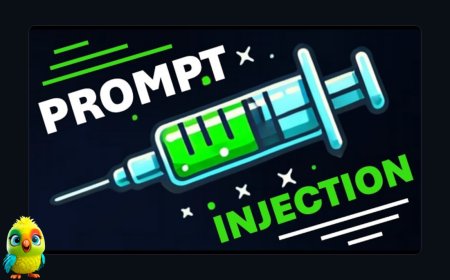Third-Party Risk in DevSecOps: The Weakest Link in Cloud Security
As cloud-native architectures rely more on third-party services, libraries, and APIs, DevSecOps teams face a growing vulnerability: third-party risk. A weakness in any external dependency—whether a misconfigured API, a compromised open-source package, or an insecure vendor service—can open doors for attackers. This blog will explore real-world breaches caused by third-party failures, show why traditional security practices often miss these risks, and offer clear strategies DevSecOps teams can embed into their pipelines—such as dependency scanning, vendor audits, SBOMs, and runtime monitoring—to ensure that the weakest link isn’t exploited.
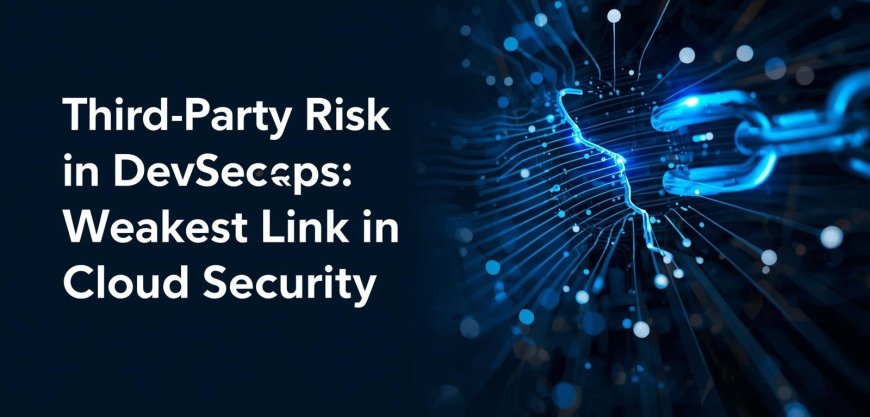
Introduction
In cloud-native environments, no application is built in isolation. Every DevSecOps pipeline today depends on third-party components—open-source libraries, APIs, SaaS integrations, cloud services, and vendor tools. While these speed up development and innovation, they also introduce hidden risks.
Attackers know that the fastest way into an organization is often not through the front door, but through a weak vendor or an insecure dependency. This makes third-party risk the weakest link in modern cloud security.
1. Why Third-Party Risk Is Growing
- Open-Source Dependencies: Developers routinely pull in third-party packages from repositories like npm, PyPI, or Maven. A single compromised library can affect thousands of projects.
- Cloud Service Integrations: From payment gateways to identity providers, external APIs often handle sensitive data. If one of these services is insecure, your app is insecure.
- Supply Chain Attacks: Attackers increasingly target CI/CD pipelines and vendor software (e.g., SolarWinds, Codecov) because one compromise gives them access to many downstream customers.
Real-World Example: The SolarWinds attack (2020) showed how attackers inserted malicious code into a vendor update, impacting government and Fortune 500 companies worldwide.
2. Why Traditional Security Falls Short
Most organizations focus on internal security controls — firewalls, IAM policies, and vulnerability scans. But these measures often don’t cover:
- The integrity of third-party code.
- Security posture of SaaS vendors.
- Risks hidden deep in open-source supply chains.
Without visibility into external dependencies, DevSecOps pipelines become blind spots.
3. How Third-Party Risk Impacts DevSecOps Teams
- Delayed Detection: Vulnerabilities in dependencies may go unnoticed until exploitation.
- Compliance Failures: Regulations like GDPR, NIS2, and PCI DSS 4.0 require supply chain risk management.
- Incident Response Complexity: Breaches through vendors complicate root cause analysis and accountability.
For DevSecOps, third-party risk directly affects pipeline integrity, cloud workloads, and customer trust.
4. Strategies to Reduce Third-Party Risk
a) Dependency Scanning
- Integrate Software Composition Analysis (SCA) tools into pipelines to scan for vulnerable or outdated packages.
- Regularly update and patch dependencies.
b) Software Bill of Materials (SBOMs)
- Maintain a live inventory of all software components used in your builds.
- Share SBOMs with vendors and require them from suppliers.
c) Vendor Risk Assessments
- Perform due diligence on vendors before integration.
- Ask for security certifications (ISO 27001, SOC 2, PCI DSS).
d) Secure CI/CD Pipelines
- Sign and verify artifacts.
- Use least-privilege access for build systems.
- Monitor for unauthorized changes in pipeline tools.
e) Runtime Monitoring
- Deploy runtime Application Security Monitoring (RASP, WAF, or EDR).
- Detect abnormal behaviour even if a third-party component is compromised.
5. Real-World Lessons for DevSecOps Teams
- The Log4j vulnerability (2021) highlighted how a widely used open-source component could become a global crisis. DevSecOps pipelines without dependency scanning were left scrambling.
- The Okta breach (2022) showed how attackers can exploit a third-party support vendor to target major enterprises.
These examples prove that trust without verification is no longer an option.
Conclusion
In 2025, DevSecOps success depends on more than securing your own code — it requires managing the entire ecosystem of third-party risks. From libraries to SaaS vendors, every external component must be verified, monitored, and continuously assessed.
The weakest link in cloud security isn’t always your team — it’s often the code and services you didn’t write. DevSecOps teams that embed third-party risk management into pipelines will not only avoid breaches but also build stronger trust with customers and regulators.
